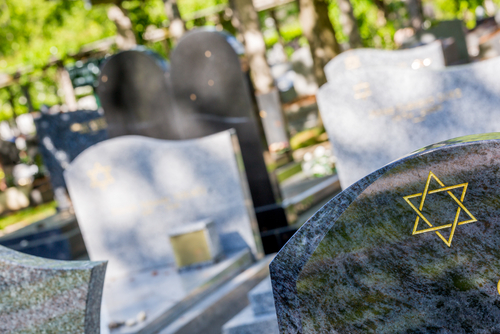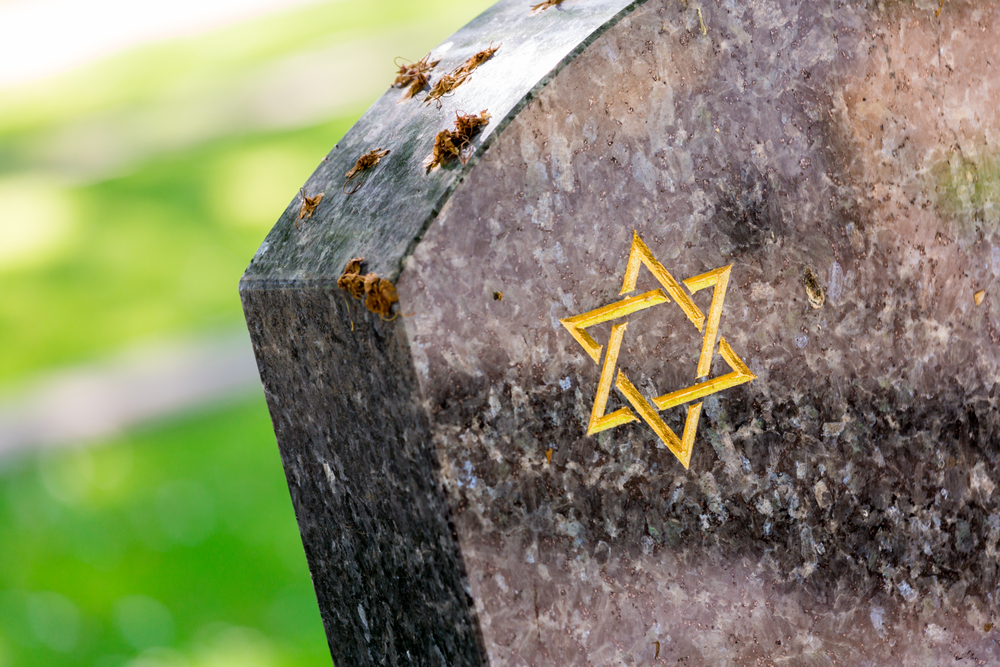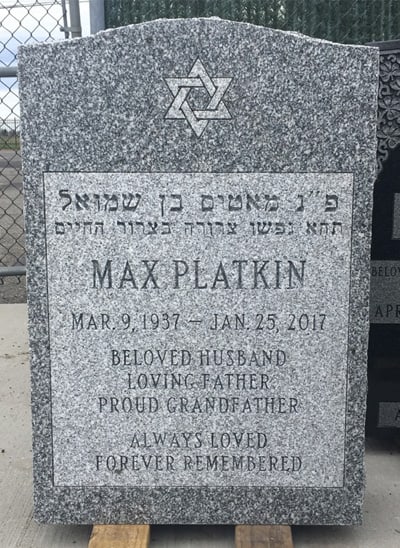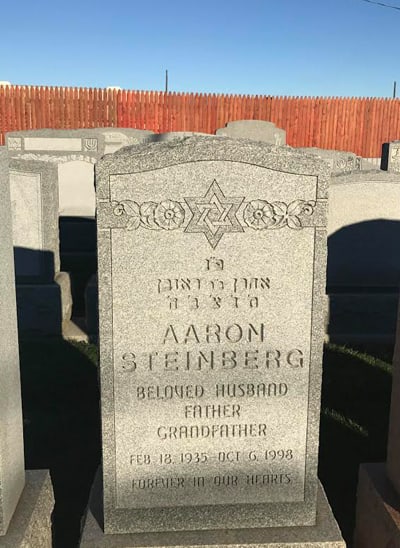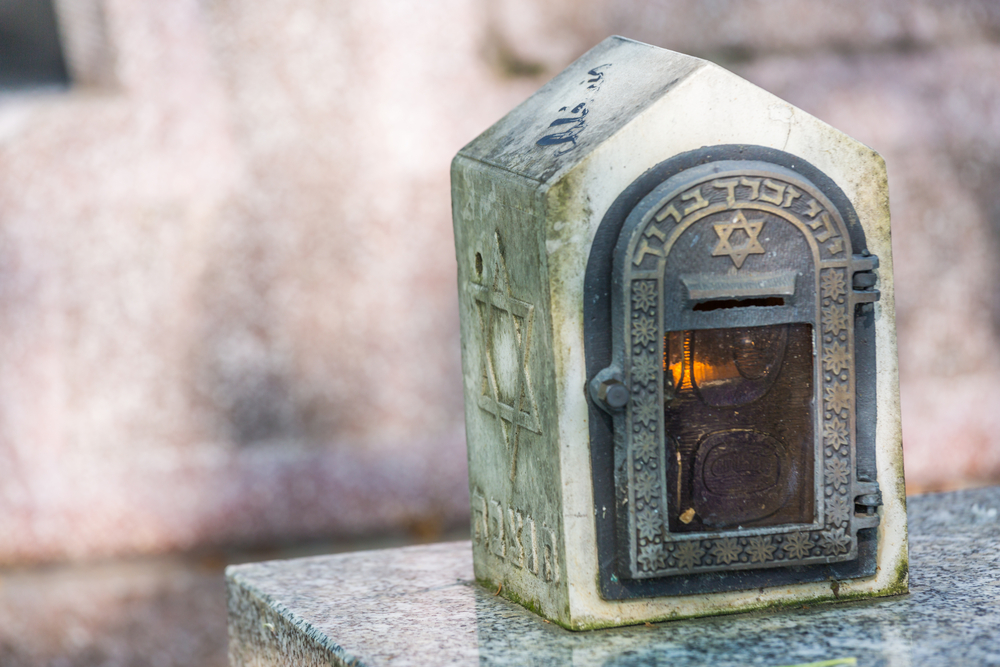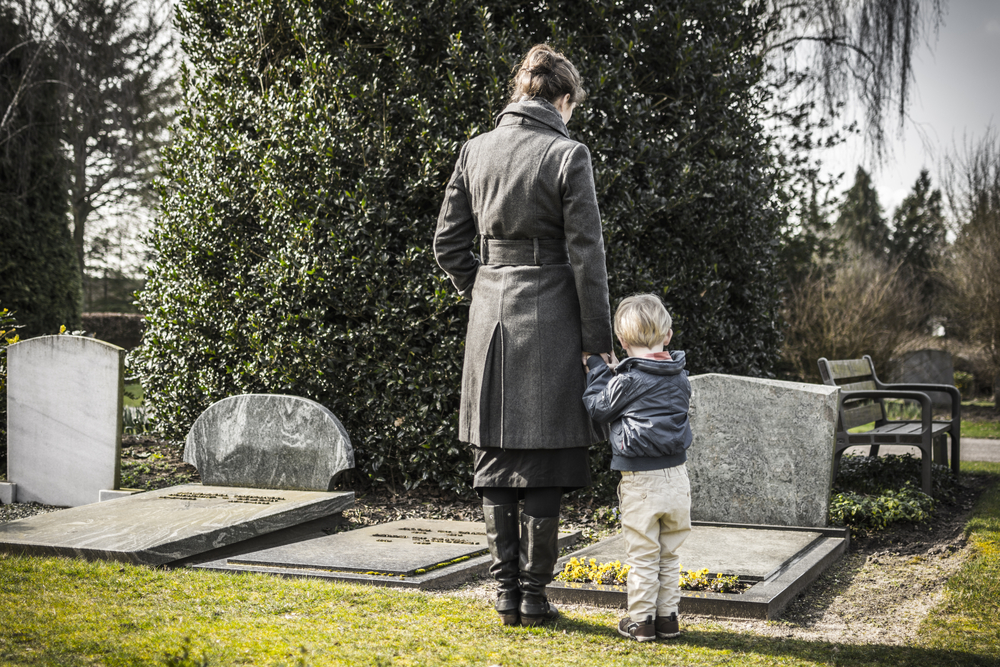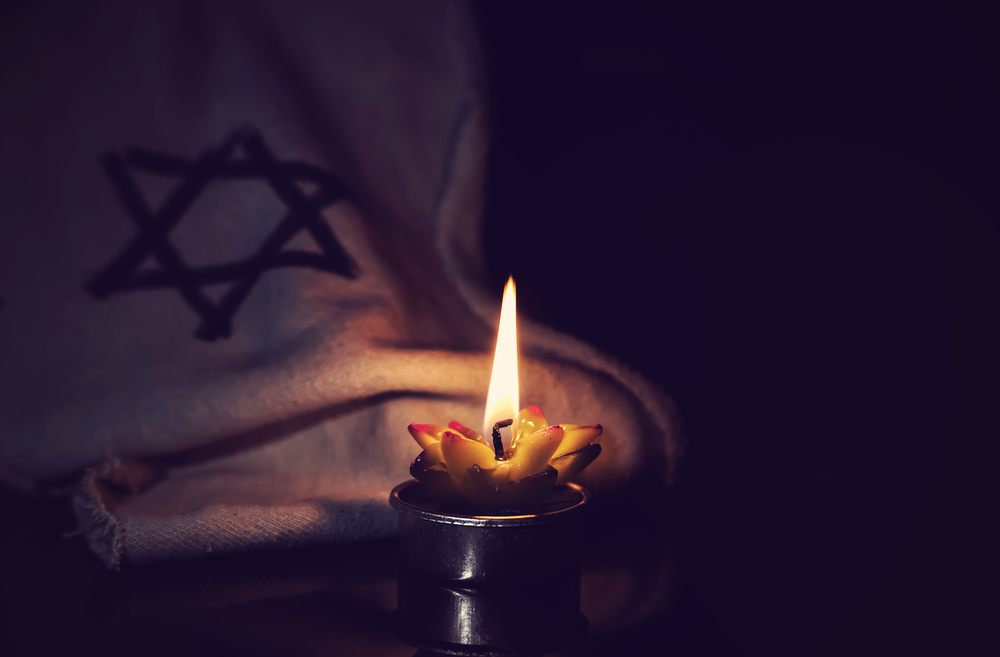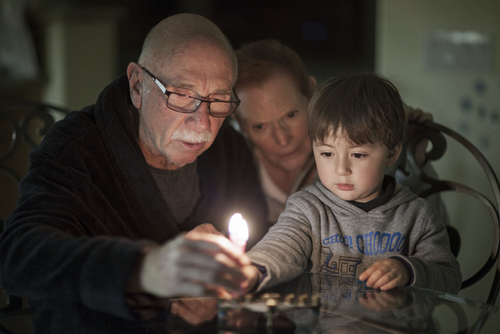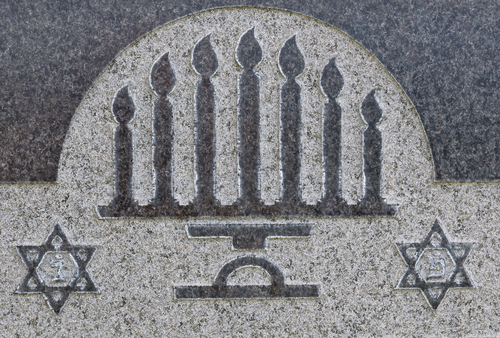
A monument’s purpose is to memorialize your loved one, and help you remember their legacy. In doing so, family members and friends can remember it fondly, and reflect on their lives. The content of the headstone can be exceedingly profound, especially with a thoughtful format and meaningful text. In this post, we’ll discuss how you can create a Jewish headstone that best represents your loved one.
Originally published on July 24, 2018, this post has been updated for accuracy and relevancy.
1. Consider a Headstone Inscription without Rushing
The Jewish headstone can speak volumes about your loved one’s life and character. But, in order to make sure that the headstone reaches its full potential, you need to plan carefully.
Rather than rushing and ordering the Jewish headstone right away, put some thought into the headstone’s text. This is an understandably emotional process, and it will likely require deep consideration. There are likely many interests, pursuits and relationships that you would like to call attention to on the headstone. So, thinking through these various levels and deciding which information to include can be difficult.
Putting aside the benefits of these careful considerations, there is also no need to rush this process. In the Jewish funeral tradition, the Jewish headstone unveiling tradition takes place one year after burial. So, waiting is a natural step.
2. Choose Experience & Skill
A low quality inscription can squander the potential of even the most carefully articulated Jewish headstone text. And, when you’ve gone to great lengths to write this text, you want it to be beautiful. So, before moving forward in the process, be sure to examine pictures of their previous work. If the quality does not live up to your high expectations, then perhaps it’s best to look somewhere else.
An experienced Jewish headstone craftsman can make quite the difference in the end result. He or she can deliver an outstanding attention to detail to this process, and ensure that everything appears exactly as intended. At Fox Monuments, our staff maintains a commitment to creating beautiful Jewish headstones that capture the essence of your loved ones. As time goes by, and the headstone begins to deteriorate or collect dirt, we also offer headstone cleaning services.
3. Steer Clear of Generic or Cliché Wording
There are plenty of existing phrases that are applicable to your loved ones. For example, “always in our hearts” is sentimental, compelling, and often a fitting choice. Nonetheless, it is a common choice that does not always impart the same level of intimacy as a personalized phrase.
So, venturing outside of the norm may deliver a more personalized monument. Often, people draw quotes from the favorite literature, movies, or music of the deceased individual. Taking a quote from scripture is also an extremely common choice.
Regardless of your choice, having a memorial that speaks to the spirit of your loved one will be invaluable. When friends and family visit the headstone, reading this dedicated personal inscription will have a cathartic effect on friends and family.
4. Include Jewish Symbols & Imagery
Hebrew writing and Jewish memorial symbolism can provide profound meaning and context for the Jewish headstone. In a way, it can tie the entire headstone together. The Menorah is a common choice, as it carries great religious significance. This is often inscribed upon the headstones of very religious people. The Star of David is similarly popular, and represents Israel, the Torah, and the Holy One. Finally, the Torah and Tree of Life are also important symbols.
Selecting the imagery that best represents your loved one will help tell their story. As a Jewish headstone company, our artisans are familiar with the various imagery, and can skillfully inscribe it on monuments of any material.
5. Include an Epitaph
Depending on the space provided on the Jewish headstone, some people opt to include an epitaph. An epitaph is a concise quote that is inscribed upon the headstone to demonstrate the virtue of the individual. By putting this quote on the headstone, you can remind others of their values, interests, and pursuits.
Many epitaphs are inscribed with Hebrew characters, and allude to books of worship like the Torah. However, secular epitaphs are also appropriate and common for Jewish headstones. For example, “Always Loved, Forever Remembered” succinctly praises the deceased individual in an embracing way.
Conclusion – Fox Monuments
Making the final decision about what should be displayed on the headstone is an extremely personal process. And, it’s also one that will shape the mourning process for years to come. At Fox Monuments, our staff are experienced in guiding mourning families through this taxing and emotional process.

